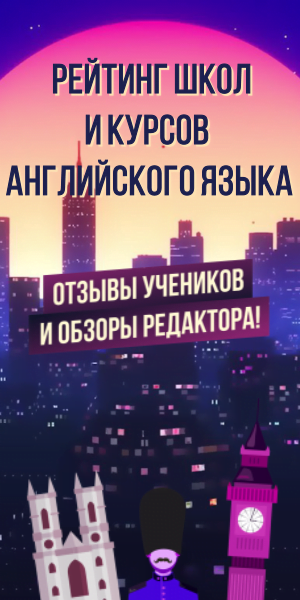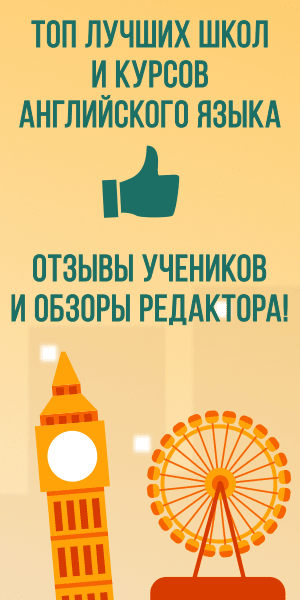Samara, built as a fortress by decree of Tsar Fyodor Ioannovich in 1586, subsequently lost its defensive positions but became the trade capital.
It was here that merchants gathered at major fairs — in the fall at the Cathedral, in the summer of Vozdvizhenskaya and Kazan.
This city of creative people, famous artists I. E. Repin, I. K. Aivazovsky, V. I. Surikov lived here at different times.
Here was the childhood and adolescence of Alexei Tolstoy, Maxim Gorky took the first steps in literature.
Samara is the center of the Volga region.
In the annals of 1361, Samara was first mentioned. The name of the city was derived either from the Greek words “Samar” (merchant) and “pa” (the Volga was called in ancient times) or from the name of the river of the same name, which in Turkic sounds like the “steppe river”.
Despite the fact that for the first time the pier of Samara was mentioned in the XIV century, as well as its first mark on the map, recorded by the Pizzigano brothers, 1586 is officially considered the year of the cityӳ foundation.
Samara is a city — a fortress and trade gates to the East. Over the centuries, it belonged to different provinces — Kazan, Astrakhan, Simbirsk. She was captured by the troops of Stenka Razin, she herself Էent overԠto the side of Yemelyan Pugachev.
A city with a great historical past, which in Soviet times bore the name of Kuibyshev, has preserved almost a thousand different monuments to this day.
If you come to Samara by train, then travelers are ԭetԠby the highest railway station in Europe. From its observation deck opens an excellent city panorama from the height of bird flight. In addition to the train station, there is one more record holder here — Kuybyshev Square. On the territory of this is the largest area in Europe.
The embankment of the city is considered to be the most beautiful among the Volga cities. It was built of granite, which became a trophy of the USSR after the victory over fascist Germany. A unique engineering structure, known as Stalin’s Bunker, remained from the Soviet era.
During the Great War, it was decided to make Kuibyshev a ԳpareԠcapital, and metro-builders were sent here to build a secret facility for the leader of the USSR.
Samara does not get around in one day, every corner in the city has its own history, and the neighborhood of Samara is a unique nature that inspired more than one generation of poets and artists.









